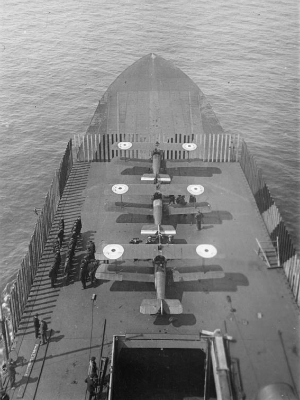Responding to the admirals: A friend poses some questions about carriers

The other day FP
carried a standard carriers-are-great piece by a trio of admirals. A friend
of mine, appalled at what he regarded as the ostrich-like views of the high-ranking authors, sent a corrective note to me:
Key questions to be
considered would be:
To what degree will China
be able to impede our ability to freely use carriers in the Pacific in the
future?
How willing would U.S.
political leadership be to commit carriers in a high-threat environment
where China would view a negative outcome for them as a threat to the survival
of the Party (recognizing that in that culture every defeat, even small ones,
are a threat to the survival of the Party)?
Would POTUS commit a
carrier if there was a 10 percent chance it would be hit?
How about 20 percent, or
30 percent?
How many of the vertical
launch tubes on the destroyers and cruisers are committed to defending the
carrier vs. carrying Tomahawks to carry out power-projection missions?
When does the Navy come in
a la Bay of Pigs and say that it can only operate carriers forward to
accomplish the mission if it is allowed to hit targets on the mainland,
placing CONUS at risk to reprisal, and how does the president respond?
When does the POTUS realize
that for years we have built platforms that we cannot afford to lose, either in
monetary cost or the cost of lives? That is the key question. Rule number three
of war is never build a weapon that you cannot afford to lose or have defeated.
We seem to proceed on an assumption that no one will ever attack our carriers. I
think the Chinese will see themselves as being in a position that they cannot
afford NOT to attack our carriers.
How does this all affect
our position vis a vis Japan, the Philippines, Australia, and India? All of
those relationships will be at risk if we don't have an alternative.
Final thought: The Navy has already accepted that the fleet is going to shrink
to 270 ships, and I am here to tell you that it will go smaller than that,
probably 230 before this is all done. This is largely because all of those
ships that were built by Reagan are all retiring at the same time and we are
not building replacements at the same rate right now. That will be the price of
maintaining 10-11 supercarriers at $12-13 billion with an annual shipbuilding
budget of $15 billion. The price will decrease overall naval presence, and raise
questions as to the U.S. commitment to local security concerns.
Thomas E. Ricks's Blog
- Thomas E. Ricks's profile
- 436 followers



